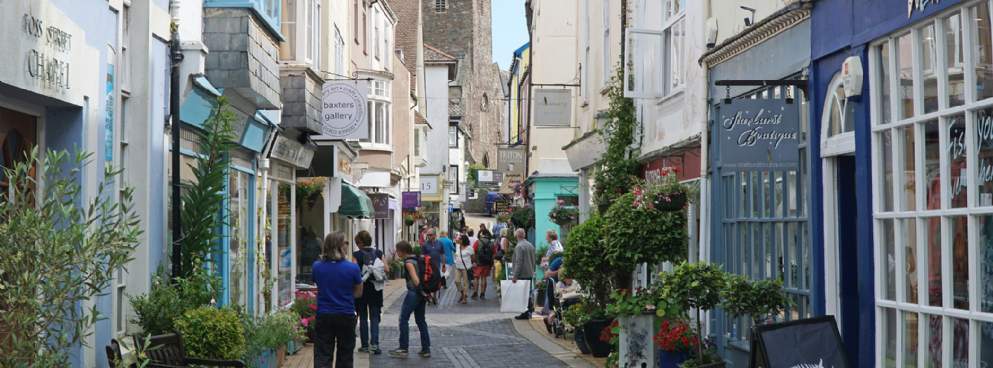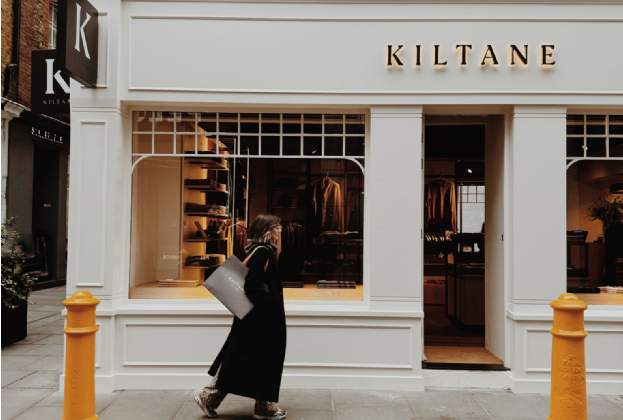When announced last year, the business rates revaluation was largely welcomed across the retail property sector, with an average reduction in rateable values (RVs) across England and Wales of 10 per cent. However, as the new RVs come into effect on 1st April, it’s important to consider what the implications are at local level – whether that be town, scheme or even by street.
What’s clear is that large shopping centres seem to win over smaller high streets. Much of mainstream retail and many larger stores will significantly benefit from a decrease in business rates. However, the strong recent performance of localised convenience and food and beverage (F&B) has meant that many of these units have experienced rental uplifts, and consequently will see an increase in their RVs.
Looking at high streets in more detail, Manchester city centre (as an example) will see an average reduction of 8 per cent in retail rates, but with significant differences between prime retail pitches and those in secondary or tertiary locations. Harvey Nichols, Selfridges, House of Fraser and M&S will see 35 – 46 per cent reductions, yet the independent retail and leisure scene in Manchester’s Northern Quarter will in fact see an increase of 17 per cent - arguably being punished for its own success over recent years.
Market towns in the regions also look to have been negatively impacted, with substantial increases in some areas. In Knutsford, Cheshire, which supports local consumers through a largely independent retailer base, 75 per cent of shops will see an increase. This isn’t a regional bias, with other market towns throughout the UK such as Stroud, Ross-on-Wye, Clitheroe and Swanage all seeing some of the largest increases nationally. Likewise in Cheltenham, large reductions for prime high street shops have been offset by RV increases for secondary assets.
While the long-awaited rates reform has been a major and much-needed step change for the sector, what these figures show is how important it is to consider the nuances across the market. Many of the areas that have seen RV increases do still have a number of vacant retail units, suggesting that there are clearly wider structural issues within some of these markets that the increase does not reflect.
However, overall, it’s clear that the news has generally been met with positivity across the retail industry. As a consequence, at Savills we have seen an uptick in landlord and tenant activity since the announcement last year, with expansionist retail occupiers gaining confidence despite the ongoing economic and occupational headwinds.

.jpg)







.jpg)
